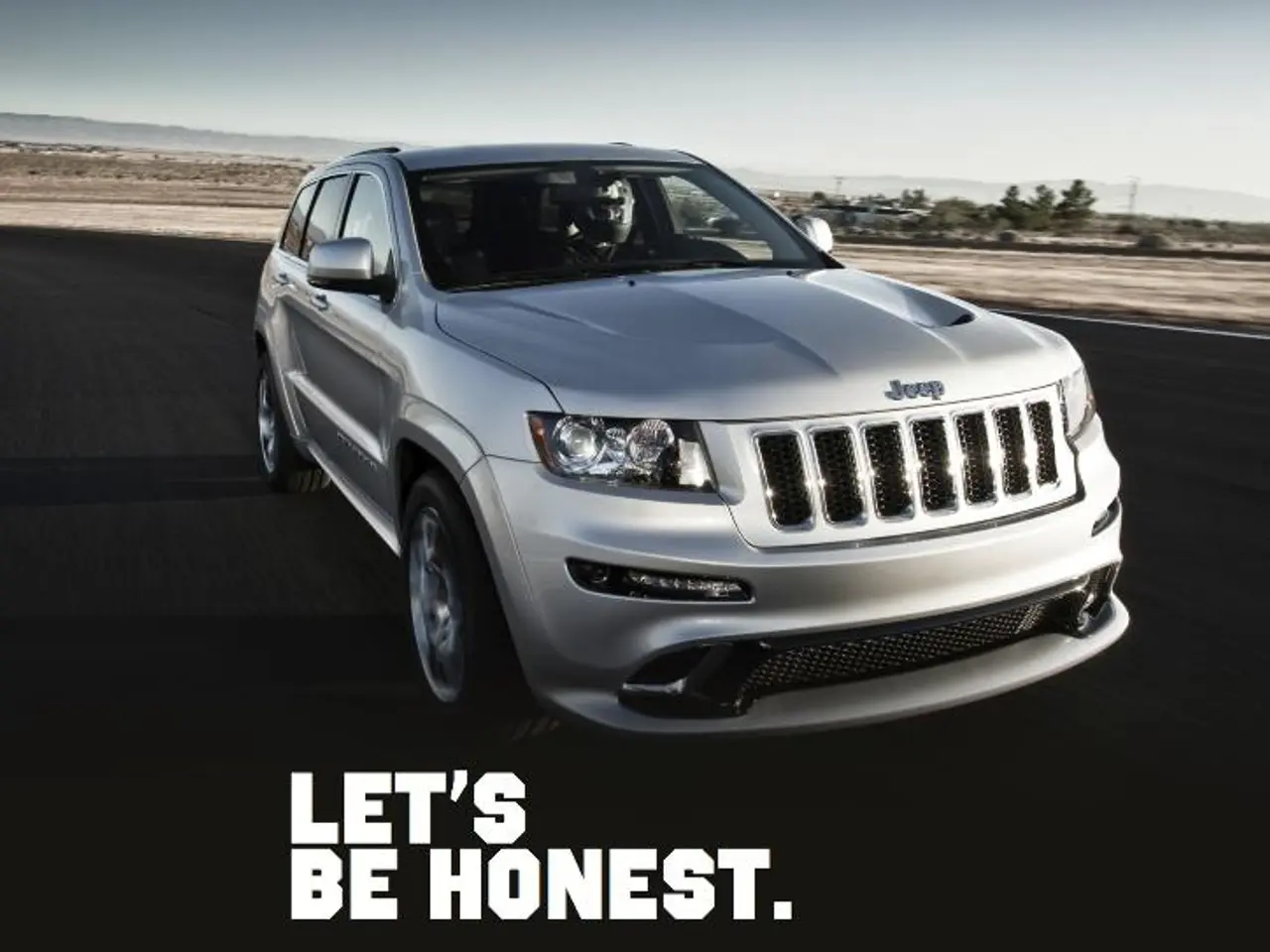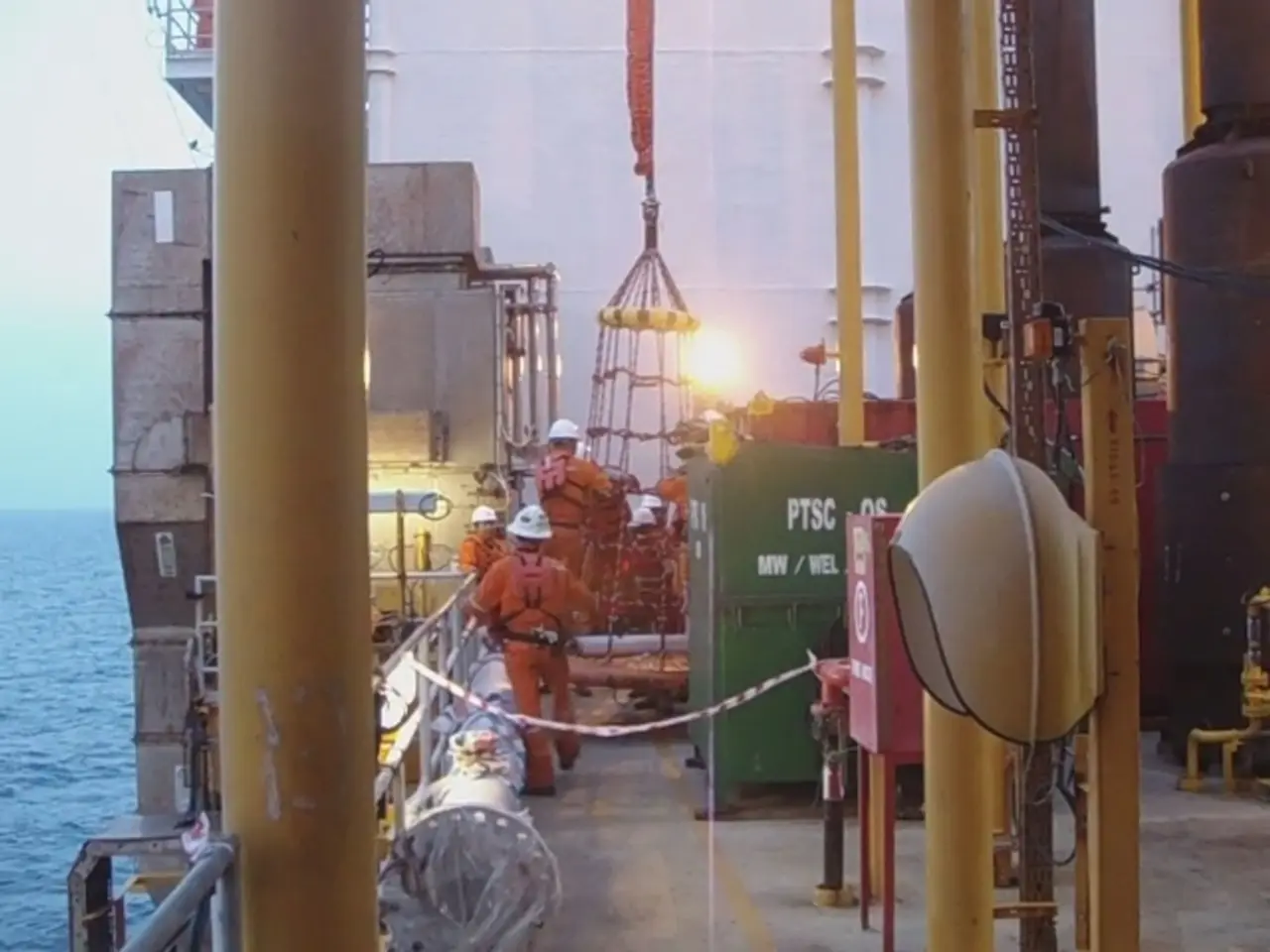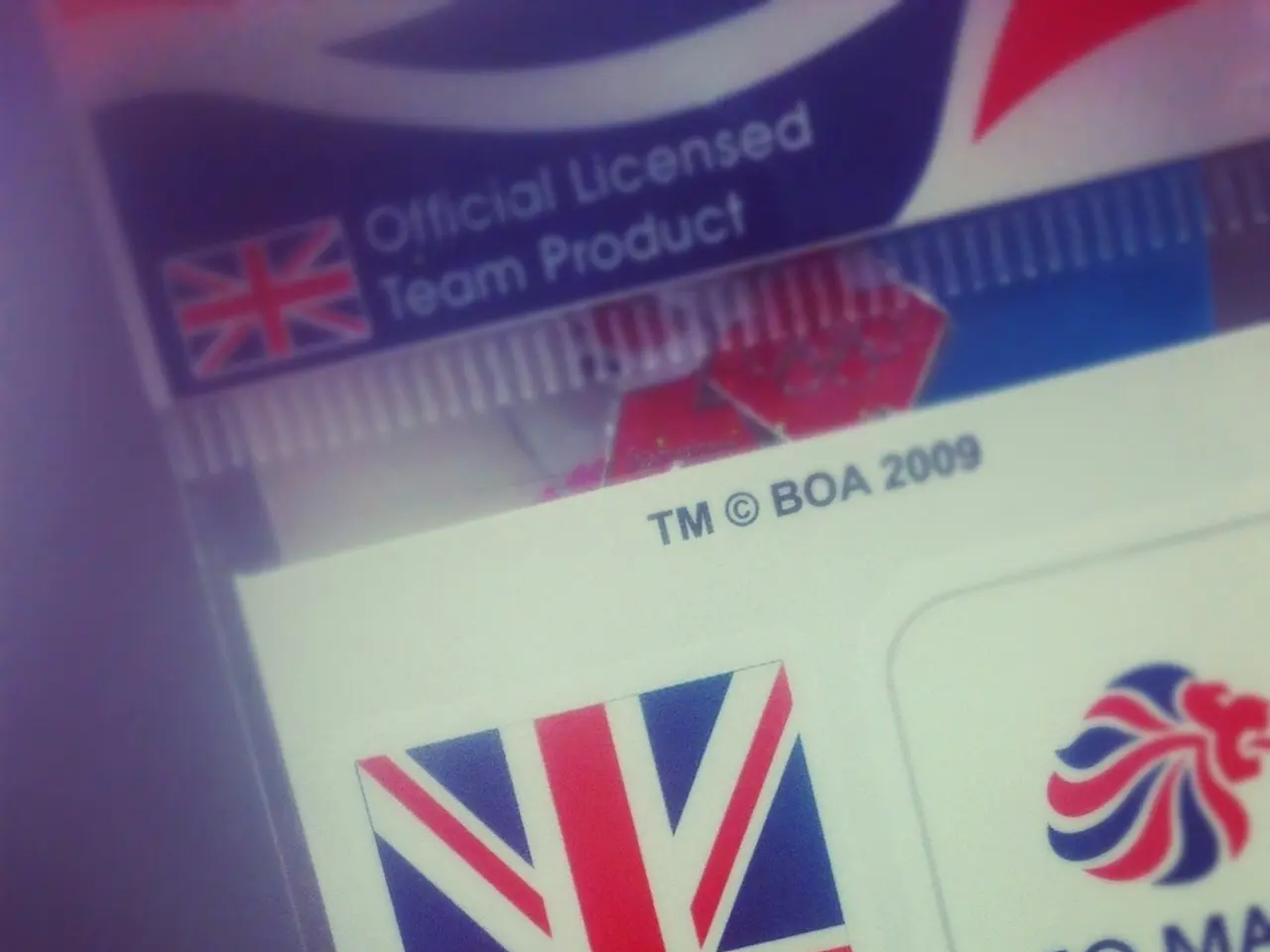Anticipated sales surge due to electric vehicle and commercial vehicle releases from Kia brand
Kia Motors has seen a significant boost in its European market share, reaching 4.1 percent by April, propelling the brand into the top 10 largest providers in Europe, surpassing brands like Ford, Opel, and Hyundai. This growth is a testament to Kia's strategic approach that balances growth, profitability, and CO2 emissions compliance.
At the heart of Kia's strategy is a focus on electric vehicles (EVs), with the EV4 set to be a key driver. This fully electric hatchback, launching in autumn 2025, is built on Kia's dedicated E-GMP electric platform and offers an impressive WLTP range of up to 388 miles. Priced competitively at £34,695, the EV4 is poised to appeal to volume segments traditionally dominated by models such as the Volkswagen Golf.
The EV4 will be the first electric Kia produced in Europe, with local production set to speed delivery and reduce CO2 footprint from transport. This move aligns with Kia's commitment to electrification, a strategy that aims to launch 15 EV models by 2030, nine of which are targeted for Europe.
While Kia continues to invest in EVs, the brand acknowledges that there remains "big volume" demand for traditional hatchbacks and saloons in Europe. The launch of the new K4 hatchback and estate, as replacements for the Ceed, represents a dual approach: maintaining muscle in profitable ICE models while progressively electrifying the portfolio.
The growth of Kia in Europe must navigate the challenging terrain of balancing economic interests with stricter EU CO2 regulations. The success of the EV3, which achieved over 24,000 sales in its first four months and ranks sixth among the best-selling battery electric vehicles (BEVs) in Europe, contributes to Kia's focus on electric vehicles as a means to meet these regulations.
In addition to the EV4, Kia has another new model in the pipeline: the PV5. As the brand's first offering in the light commercial vehicle segment, the PV5 is expected to be released this year, expanding Kia's product portfolio beyond passenger cars.
Kia's sales chief, Carlos Lahoz, views electrification as a key strategy for further growth. However, the path to sustainable growth remains challenging, with the need to balance sales and profitability in the context of stricter EU CO2 regulations. Despite these challenges, Kia remains committed to its European growth strategy, aiming for further expansion in the region.
DataForce CEO Marc Odinius has praised Kia for its performance in CO2 emissions among European automakers, highlighting the brand's commitment to sustainability and compliance with emissions regulations. As Kia continues to balance growth, profitability, and CO2 emissions compliance, the brand is poised to maintain its momentum in the European market.
- Kia's European market strategy, as shown by the EV4, is centered on electric vehicles, aligning with their goal to launch 15 electric models by 2030, nine of which are earmarked for Europe.
- The launch of the new K4 hatchback and estate, replacement for the Ceed, demonstrates Kia's dual approach, maintaining strength in internal combustion engine (ICE) models while progressively electrifying their portfolio.
- Despite the challenges of balancing sales, profitability, and CO2 emissions compliance in the context of stricter EU regulations, Kia's commitment to electrification, exemplified by the success of the EV3, is key to their continued growth and momentum in the European market.




